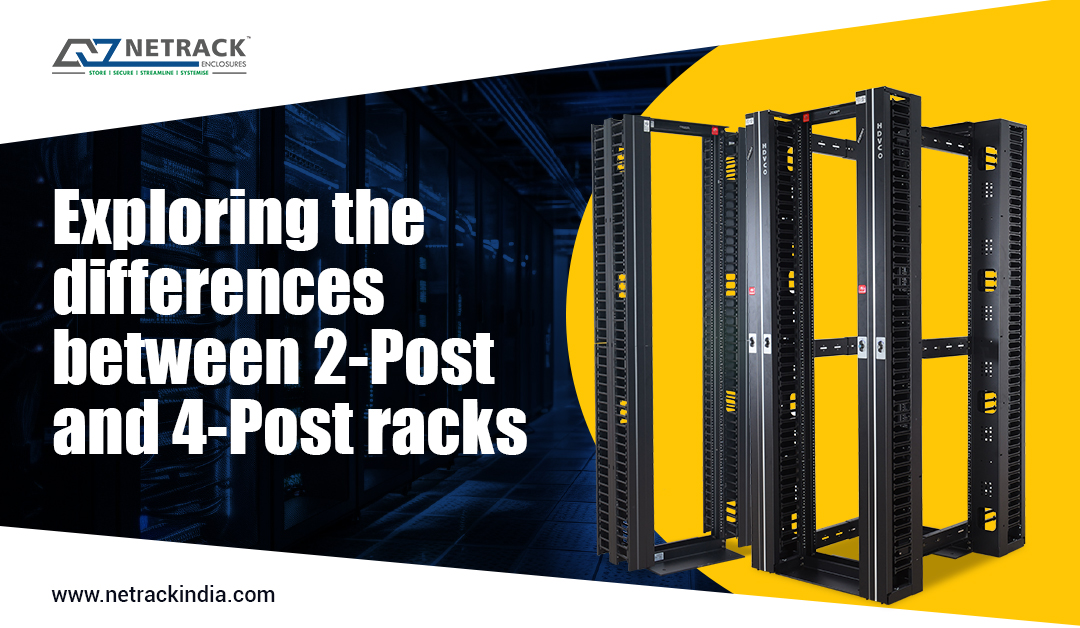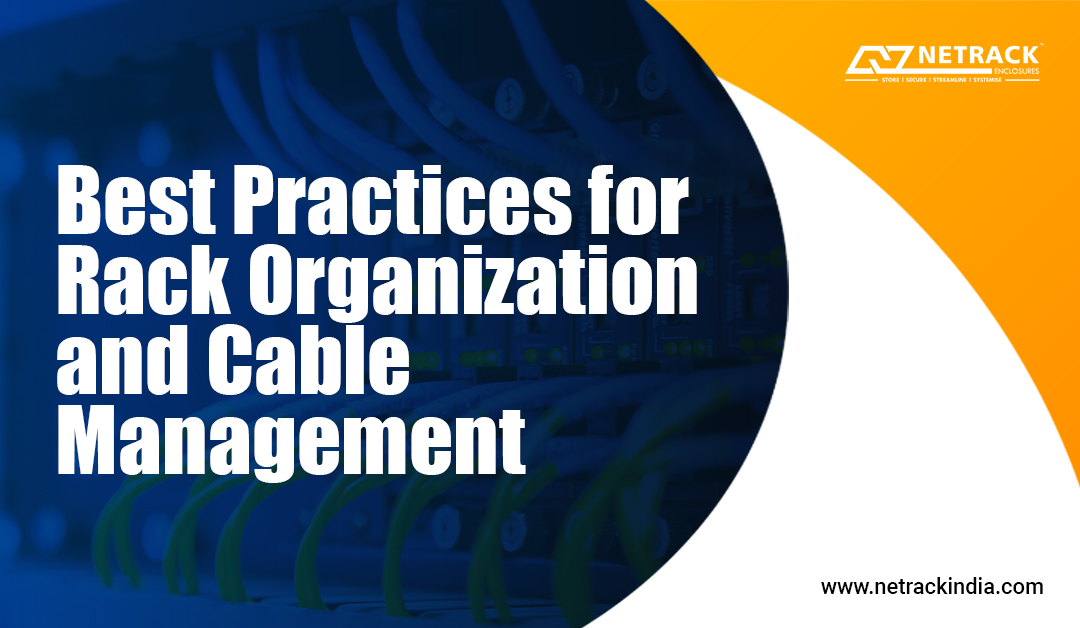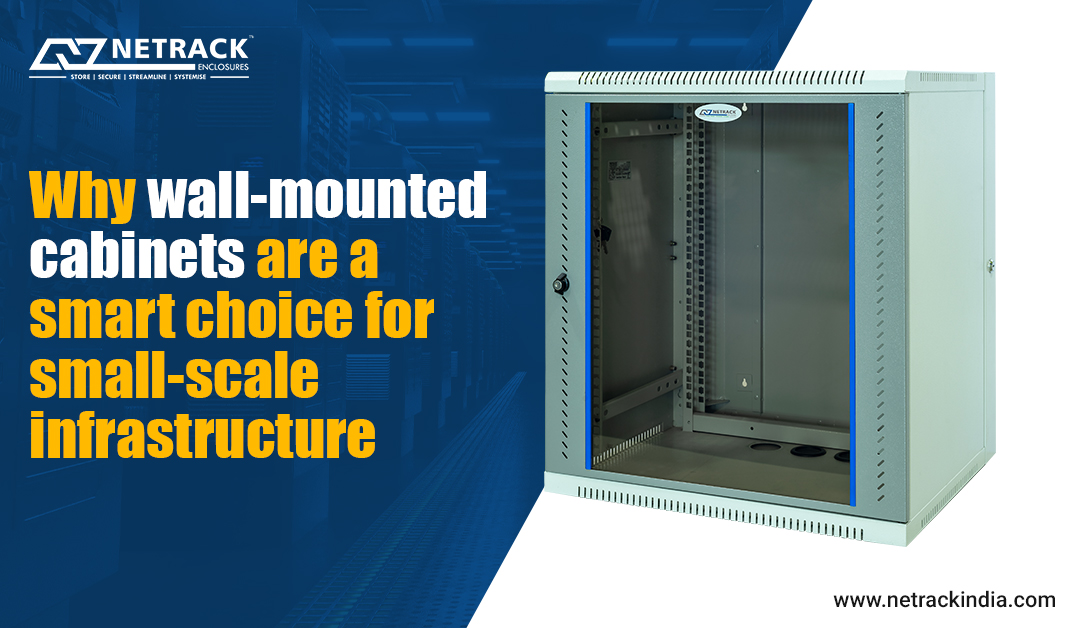The Future of Cable Management Solutions: 2023 and Beyond
As the need for data processing and storage grows due to the importance of maintaining an efficient and organized cable infrastructure, cable management emerged as a key parameter for effective airflow management. Importance of cable management for effective airflow management Maintaining optimal airflow is essential for preventing equipment overheating and ensuring efficient operation. Traditional cable management methods often occupy a significant portion of rack space, affecting airflow and overall system efficiency. To address this challenge, Netrack manufactured intelligent rack designs that enhance the cable management experiences and minimize airflow disruptions. Poorly managed cables, especially in large bundles, can obstruct airflow pathways, leading to reduced efficiency in equipment fans, causing the hot air to get stuck in the rack enclosures. This disruption in airflow can result in thermal damage to sensitive equipment, emphasizing the critical need for an integrated approach to cable and airflow management. Types of cable management solutions Managing
Read More






